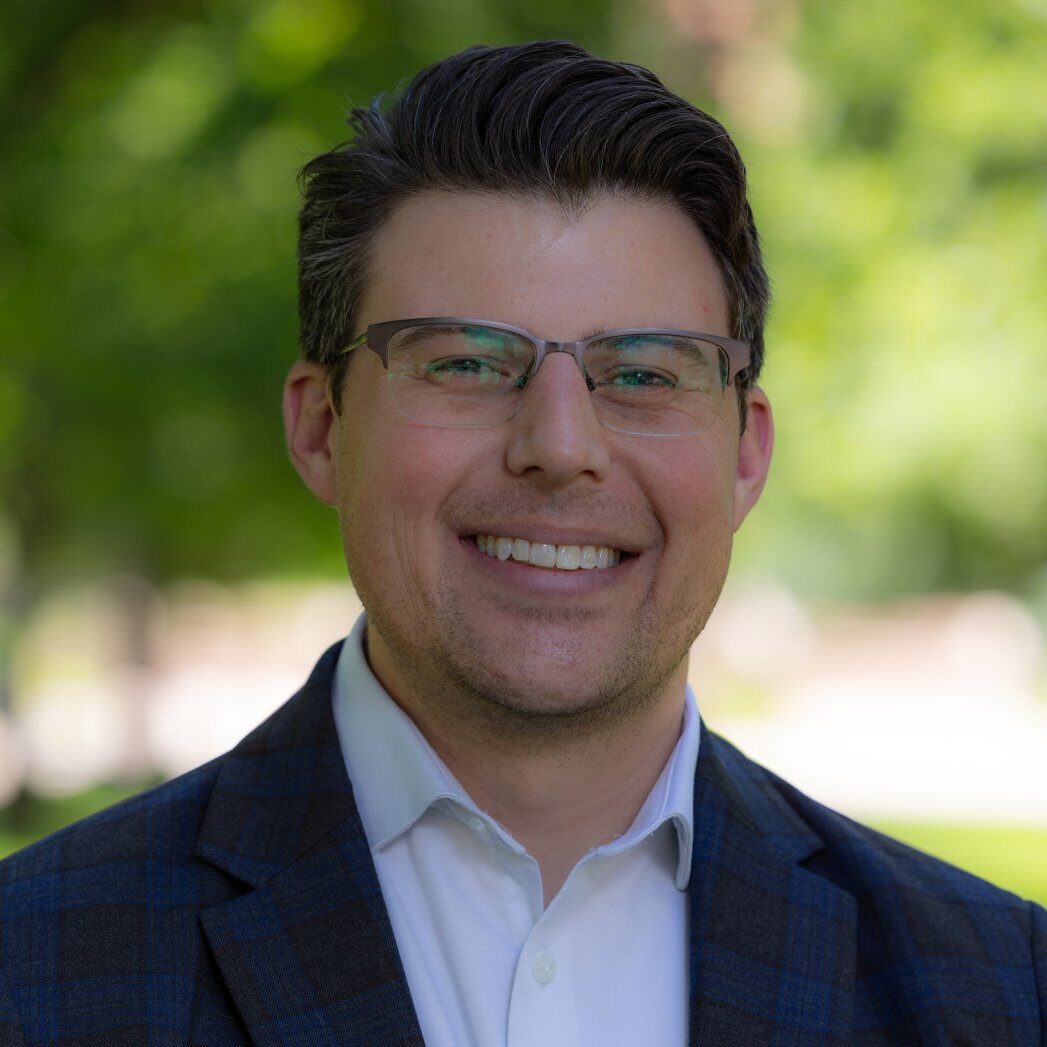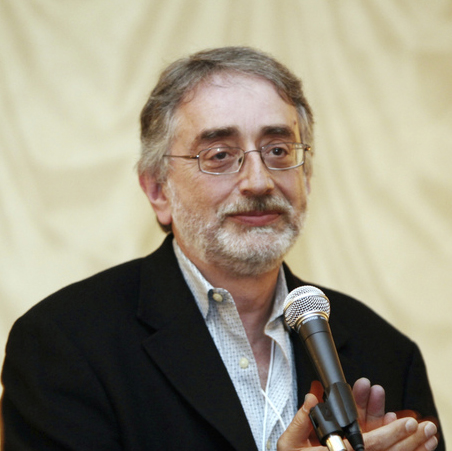
Northwestern-Rigaku Scattering Symposium
Northwestern University, in collaboration with Rigaku, is pleased to announce the Northwestern-Rigaku Symposium on April 22-23. Each morning will feature seminars from researchers at Northwestern, the University of Chicago, Colorado School of Mines, Concordia University, and Rigaku, covering the latest advancements in electron diffraction, single-crystal diffraction, XRD, and XRF. Afternoons will offer hands-on training, showcasing instrument capabilities, and software applications.
Registration is closed. Please contact Michelle Goodwin to join the standby list in case of cancellations.
Access Seminar Recordings
High-throughput electron diffraction in the XtaLAB Synergy-ED

Microcrystal electron diffraction (MicroED/3D ED), which solves atomic structures from crystals in the sub-micron size range using electron radiation, has evolved from an exploratory technique into a cutting-edge analytical method practiced in laboratories worldwide. However, viewing MicroED solely as an extension of single-crystal diffraction, traditionally performed with X-rays on smaller crystals, underestimates its capabilities. With thousands of crystallites available simultaneously on a sample grid and measurements completed within minutes, we can obtain a more comprehensive view of our specimen by collecting crystallographic data from dozens or even hundreds of crystals. This approach allows for the analysis of powders containing mixtures of compounds, different polymorphs, or even small traces of contaminants, including ab-initio solutions, even in cases too complex for powder diffraction or where only minute sample amounts are available. In this contribution, we will discuss how high-throughput workflows in the Rigaku XtaLAB Synergy-ED electron diffractometer enable various beyond-single-crystal investigations with a high degree of automation and ease of use.
X-ray and Electron Diffraction for Porous Frameworks

Structural characterization of rare-earth metal–organic frameworks with a pyrene linker and their performance in the detoxification of a mustard gas simulant

Metal–organic frameworks (MOFs) are structurally diverse, porous materials comprised of metal nodes bridged by organic linkers. Through careful choice of nodes and linkers, the chemical and physical properties of MOFs can be elegantly tuned and materials with very high surface area and porosity can be obtained. As a consequence, MOFs have been explored for many potential applications including, but not limited to, gas storage and release, chemical separations, catalysis, drug delivery, light harvesting and energy conversion, and the detoxification of hazardous analytes. In the Howarth lab, we are interested in the design and synthesis of novel MOFs comprised of rare-earth (RE) ions bridged by organic linkers that can act as photosensitizers for the generation of singlet oxygen. RE ions allow for the construction of unique and intricate MOF topologies that allow for the systematic study of structure-function relationships related to singlet oxygen production and subsequent detoxification of a mustard gas simulant. In this presentation, RE-MOFs are explored for the photo-driven oxidative detoxification of a mustard gas simulant, with a focus on understanding how structural details deciphered through electron diffraction and total X-ray scattering affect photocatalytic activity.

References
- B. F. Hoskins and R. Robson, J. Am. Chem. Soc., 1989, 111, 5962; O. M. Yaghi and H. Li, J. Am. Chem. Soc., 1995, 117, 10401.
- A. J. Howarth, Y. Liu, P. Li, Z. Li, T. C. Wang, J. T. Hupp and O. K. Farha, Nat. Rev. Mater., 2016, 1, 15018.
- F. Saraci, V. Quezada-Novoa, P. R. Donnarumma, and A. J. Howarth, Chem. Soc. Rev., 2020, 49, 7949.
Why electron crystallography can work despite dynamical diffraction

Within a year of the first experiments demonstrating electron diffraction, Hans Bethe solved the Schröedinger equation for dynamical diffraction,[1] demonstrating that a complete treatment was needed to explain experimental data. Quietly ignoring dynamical effects, in 1933 Laschkarew and Usyskin determined the positions of hydrogen atoms in NH₄Cl crystals.[2] In the close to a century of electron diffraction this has remained a contraversial topic. Hard-core physics says that simple, kinematical models are inadequate, whereas in practice it has often been possible to invert electron diffraction data to obtain crystal structures.
Why?
It turns out that there are quite a few cases where dynamical contributions do not destroy the possibility of inverting electron diffraction data, particularly using direct methods.[3-5] Of particular interest, averaging over angles as in precession electron diffraction or with three dimensional datasets effectively reduces dynamical contributions,[6] with good results obtained with dynamical refinements.[7] This talk will overview why electron crystallography can, and often does work without recourse to kinematical approximations.
- Bethe, H., Theory on the diffraction of electrons in crystals. Annalen Der Physik, 1928. 87(17): p. 55-129 https://doi.org/10.1002/andp.19283921704.
- Laschkarew, W.E. and I.D. Usyskin, The determination of the position of hydrogen ions in the NH(4)Cl crystal lattice by electron diffraction. Zeitschrift Fur Physik, 1933. 85(9-10): p. 618-630 https://doi.org/10.1007/Bf01331003.
- Sinkler, W., E. Bengu, and L.D. Marks, Application of direct methods to dynamical electron diffraction data for solving bulk crystal structures. Acta Crystallographica Section A, 1998. 54: p. 591-605 https://doi.org/10.1107/S0108767398001664.
- Sinkler, W. and L.D. Marks, Dynamical direct methods for everyone. Ultramicroscopy, 1999. 75(4): p. 251-268 https://doi.org/10.1016/S0304-3991(98)00062-X.
- Marks, L.D. and W. Sinkler, Sufficient conditions for Direct Methods with swift electrons. Microsc Microanal, 2003. 9(5): p. 399-410 https://doi.org/10.1017/s1431927603030332.
- Marks, L.D., Models for Precession Electron Diffraction, in Uniting Electron Crystallography and Powder Diffraction, U. Kolb, et al., Editors. 2012, Springer: Netherlands.
- Palatinus, L., et al., Structure refinement from precession electron diffraction data. Acta Crystallogr A, 2013. 69(Pt 2): p. 171-88 https://doi.org/10.1107/S010876731204946X.
Contact: Michelle Goodwin
Event coordinator
Michelle.Goodwin@rigaku.com
